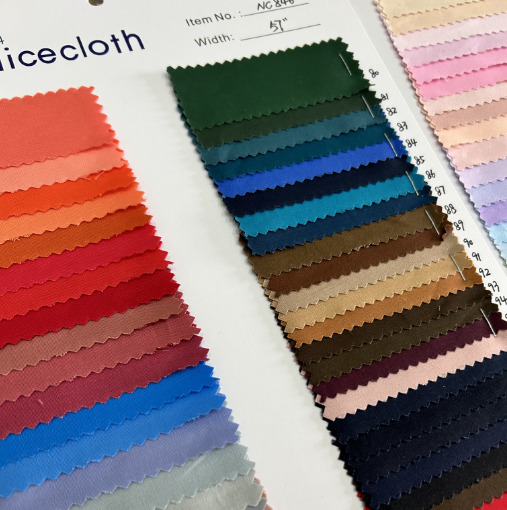In recent years, there has been increasing concern about the environmental impact of various industries, including the textile sector. One area of particular interest is the production of dyed canvas and its potential contribution to environmental degradation. In this article, we will delve into the process of canvas dyeing, examine its environmental impacts, explore alternative methods, and discuss the role of consumers in promoting sustainability
Introduction
Dyed canvas is a commonly used material in the manufacturing of various products, including bags, shoes, and clothing. The dyeing process involves immersing the canvas in pigment to achieve the desired color. While this enhances the material’s aesthetic appeal, it also raises questions about its environmental footprint.

Understanding Dyed Canvas
Before delving into its environmental impacts, it is necessary to understand the composition of dyed canvas. Canvas is typically made from natural fibers such as cotton or linen, woven together to form a sturdy fabric. The dyeing process involves immersing the canvas in dye baths, where it absorbs the dye, resulting in vibrant colors.
Environmental Impacts of the Dyeing Process
Chemical Usage
One of the primary concerns with dyed canvas is the use of potentially harmful chemicals in the dyeing process. Traditional synthetic dyes often contain toxic substances such as heavy metals and azo compounds, which may pose threats to human health and the environment.
Water Pollution
Another significant issue associated with the dyeing process is water pollution. Wastewater discharged from dyeing facilities may contain a cocktail of chemicals, including dye residues and additives. These pollutants, if not properly treated, can harm aquatic ecosystems and contaminate drinking water sources.
Energy Consumption
Dyed canvas also consumes significant amounts of energy, primarily during the heating and drying stages of the process. This reliance on fossil fuels contributes to greenhouse gas emissions, exacerbating climate change.

Alternative Dyeing Methods
To address these environmental concerns, researchers and manufacturers have been exploring alternative dyeing methods with minimal environmental harm.
Natural Dyes
An environmentally friendly option is to use natural dyes extracted from plants, such as indigo, madder root, and turmeric. These dyes are biodegradable and non-toxic, making them a sustainable choice for dyeing canvas.
Low-Impact Synthetic Dyes
Additionally, some companies are developing low-impact synthetic dyes aimed at being less harmful than traditional synthetic dyes. These dye formulations can reduce water and energy consumption and minimize the use of toxic chemicals.
Conclusion
In conclusion, the production of dyed canvas does indeed have environmental impacts, primarily due to chemical usage, water pollution, and energy consumption associated with traditional dyeing processes. However, there are alternative methods available to mitigate these environmental risks, such as natural dyes and low-impact synthetic dyes. By promoting sustainable development in the textile industry and making conscious consumer choices, we can minimize the environmental footprint of dyed canvas and work towards a more sustainable future.
If you would like to learn more about dyed canvas, please feel free to contact us. We are a canvas manufacturer committed to green environmental practices. For more information, please follow us on social media: https://www.instagram.com/waxcanvas_/

Your article on the environmental impact of dyed canvas is both informative and eye-opening. It’s encouraging to see discussions about sustainable alternatives like natural dyes and low-impact synthetics. Thank you for shedding light on such an important topic and promoting eco-friendly practices in the textile industry. Keep up the great work!